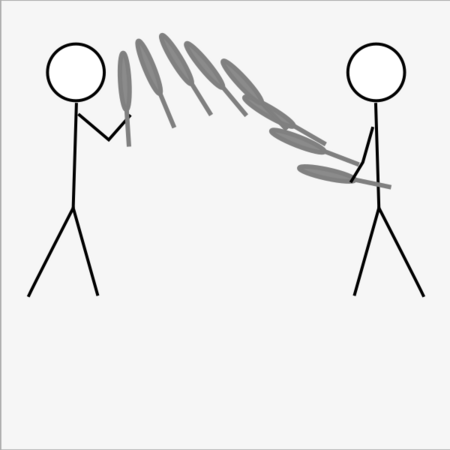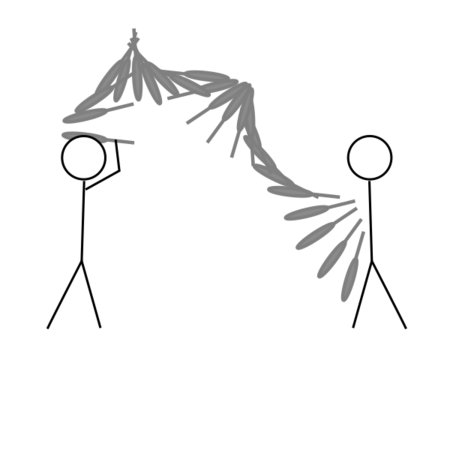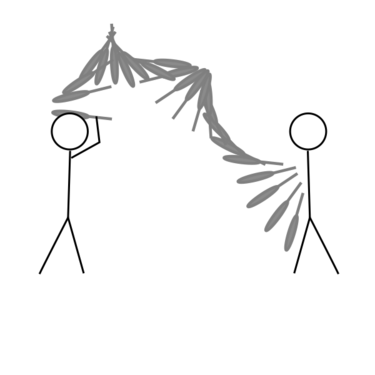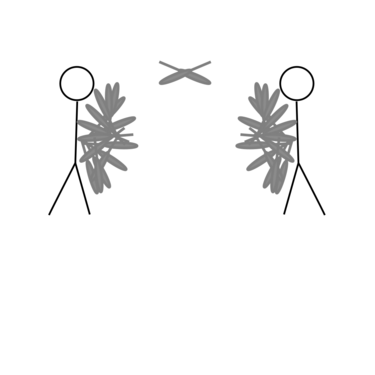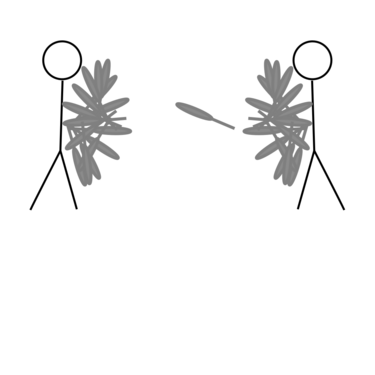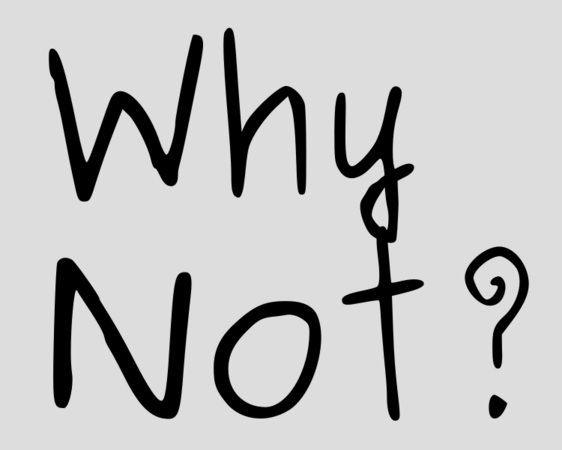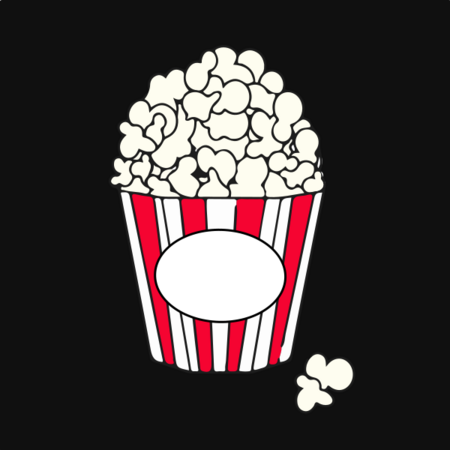Main Page: Difference between revisions
No edit summary |
|||
| (161 intermediate revisions by 3 users not shown) | |||
| Line 1: | Line 1: | ||
The goal of this wiki is to provide a collection of juggling patterns, organized into "learning paths" that contain patterns of increasing difficulty. |
|||
== Theory == |
|||
a.k.a "what do all the numbers mean" |
|||
The wiki tries to answer the question: |
|||
* Entry point [[Siteswap]] |
|||
<center><b>"What should I try learning next?"</b></center> |
|||
and also: |
|||
<center><b>"I want to learn this (for me right now difficult) pattern, how do I get there"</b></center> |
|||
== Beginning Passing == |
|||
Teaching people passing clubs. |
|||
For the pattern labeled as "assymetric", one of passer is supposed to be far more advanced than the other, who needs no previous experience. |
|||
There are many other juggling resources, but most of them do either provide no difficulty rating - or neglegt that there is more than one type of difficulty that a juggling pattern can have. Here, I tried to group patterns with common traits and also a common set of difficulty-types. |
|||
It is not necessary to be able to juggle 3 clubs alone for the "beginner" side of the patterns. |
|||
Entry points are provided for each type of throw, as each kind of throw needs a different throwing technique. |
|||
=== Zaps // Candlestick throws === |
|||
These entry points are labeled as "Beginning with [...]" and primarily focus on building proficiency with a single throw type before progressing to more complex patterns that incorporate multiple throw types. |
|||
* [[ Throwing first Zaps ]] |
|||
* [[ zap zap zip ]] |
|||
* [[ 5-club 1-count with zaps ]] |
|||
<!-- |
|||
=== Normal Passes === |
|||
== Before All Else (TODO) == |
|||
* [[ 3 ball cascade]] |
|||
* [[ First Tricks with 3 balls]] |
|||
--> |
|||
== Entry Patterns == |
|||
* [[ throwing the first normal passes ]] |
|||
These patterns are suitable for beginners. It helps a lot if one juggler is more experienced. All patterns only use one throw type (on the beginner side). Note that being suitable for beginners does not in all cases mean that these patterns are easy if you already have experience passing clubs. |
|||
* [[ assymetric n-count vs 1-count ]] |
|||
* [[ 5-club 1-count ]] |
|||
* [[ 720 - zip-pass ]] |
|||
* [[ 5-club 2-count ]] |
|||
<gallery heights=300px widths=300px mode="packed-overlay"> <!--mode="packed-hover"--> |
|||
== "Selfless Passing" (Zips and Passes) == |
|||
image:one-zap2.svg | link=Beginning Zaps | <font size=+1> Beginning Zaps</font> |
|||
image:one-pass-notext.svg | link=Beginning Single Passes | <font size=+1> Beginning Single Passes</font> |
|||
image:selfs.svg | link=Juggling 3 Objects Alone | <font size=+1> Juggling 3 Objects Alone</font> |
|||
</gallery> |
|||
== Single-Passes // Zaps == |
|||
* [[ inverted parsnip ]] - 4 clubs - PZZPZ |
|||
<gallery heights=250px widths=350px mode="packed-overlay" align="left"> <!--mode="packed-hover"--> |
|||
* [[ parsnip ]] - 5 clubs - PPZPZ |
|||
image:one-pass-notext.svg | link=Selfless Passing|<font size=+1> Selfless Passing<br> 4 to 7 clubs </font> |
|||
* [[ PPPPZ ]] - 6 clubs |
|||
image:N-count.svg | link=Selfs and Passes|<font size=+1> Selfs and Passes</font> |
|||
* [[ 7-club 1-count ]] |
|||
image:N-count-zaps.svg | link=Selfs and Zaps|<font size=+1> Selfs and Zaps</font> |
|||
<!-- |
|||
image:zapnips.svg | link=Zapnips (Zaps on Parsnips) | <font size=+1> Zaps on Parsnip </font> (Passes + Zaps) |
|||
The purpose of this wiki is to help you find the 1-3 new juggling patterns or tricks, that you want to try next. There are many resources on juggling patterns available on the net, but I often found myself overwhelmed by a long list of patterns of varying difficulty without a clear indicator on what single pattern to try out. |
|||
</gallery> |
|||
== Theory == |
|||
<gallery heights=300px widths=300px mode="packed-overlay"> <!--mode="packed-hover"--> |
|||
image:Theory.svg | link=Siteswap | <font size=+1> Siteswap - Juggling Math |
|||
</gallery> |
|||
== Difficulty == |
|||
== Double Passes== |
|||
There is often no clear difficulty comparison between two patterns, because there is more than one type of difficulty in juggling. One can imagine them as difficulty dimensions - like axes on a coordinate system. A pattern can be easier than another one on one axis, but more difficult on another. |
|||
<gallery heights=300px widths=300px mode="packed-overlay"> <!--mode="packed-hover"--> |
|||
image:7-club-2-count.svg | link=Double Passes | <font size=+1> Double Passes |
|||
</gallery> |
|||
== Heffs (Double Selfs) == |
|||
Types of difficulties include: |
|||
<gallery heights=300px widths=300px mode="packed-overlay"> <!--mode="packed-hover"--> |
|||
* height of throws |
|||
image:why-not.svg | link=Why-Not Family |<font size=+1> Why-Not Family </font> |
|||
** number of high throws |
|||
image:popcorn.svg | link=Popcorn Family |<font size=+1>The Popcorn Family<br>(7clubs w heffs)</font> |
|||
** difference in height between highest and lowest throw |
|||
</gallery> |
|||
* length and/or complexity of sequence |
|||
<!-- == Holy Grail == |
|||
Things that push your level back towards beginner: |
|||
* different object to juggle (ball vs club vs ring) |
|||
* different type of throws (crossed arms/mills mess, body throws in pattern) |
|||
Ok, I included this too early, because it was such a good story, although I hadn't progressed there myself. |
|||
== 1 Juggler == |
|||
The Patterns I collected aren't so good trainings patterns, as we figured out when trying ourselves because in period 5, the double passes trigger each other, which makes the patterns unstable more quickly, as any bad double pass leads to another bad double pass and onto a downward spiral |
|||
[[learning the 3 ball cascade]] |
|||
<gallery heights=300px widths=400px mode="packed-overlay"> <!--mode="packed-hover"--> |
|||
image:DragonsGrail.jpg | link=Quest for the Holy Grail|<font size=+1>Quest for the Holy Grail<br>(zaps+double passes)</font> |
|||
</gallery> |
|||
--> |
|||
== Other Juggling Resources == |
|||
[[first steps after 3 ball cascade]] |
|||
[[Other Juggling Resources]] |
|||
[[goal 4 ball fountain]] |
|||
== Unfinished == |
|||
[[goal 5 ball cascade]] |
|||
[[Todo]] main page overview of unwritten pages |
|||
== 2 Jugglers == |
|||
* [[goal 7 club 1-count]]: parsnip series |
|||
* [[why nots]] |
|||
* [[ half-synchronous n-counts ]] 4 count and friends |
|||
* [[list of asymmetric passing patterns]] patterns with different difficulty for both passers |
|||
== 3 Jugglers == |
|||
== 4 Jugglers == |
|||
== 5 Jugglers == |
|||
== 6 Jugglers == |
|||
== N Jugglers == |
|||
--> |
|||
Latest revision as of 09:55, 25 October 2024
The goal of this wiki is to provide a collection of juggling patterns, organized into "learning paths" that contain patterns of increasing difficulty.
The wiki tries to answer the question:
and also:
There are many other juggling resources, but most of them do either provide no difficulty rating - or neglegt that there is more than one type of difficulty that a juggling pattern can have. Here, I tried to group patterns with common traits and also a common set of difficulty-types.
Entry points are provided for each type of throw, as each kind of throw needs a different throwing technique.
These entry points are labeled as "Beginning with [...]" and primarily focus on building proficiency with a single throw type before progressing to more complex patterns that incorporate multiple throw types.
Entry Patterns
These patterns are suitable for beginners. It helps a lot if one juggler is more experienced. All patterns only use one throw type (on the beginner side). Note that being suitable for beginners does not in all cases mean that these patterns are easy if you already have experience passing clubs.
Single-Passes // Zaps
Theory
Double Passes
Heffs (Double Selfs)
image:DragonsGrail.jpg | link=Quest for the Holy Grail|Quest for the Holy Grail
(zaps+double passes)
</gallery>
-->
Other Juggling Resources
Unfinished
Todo main page overview of unwritten pages
